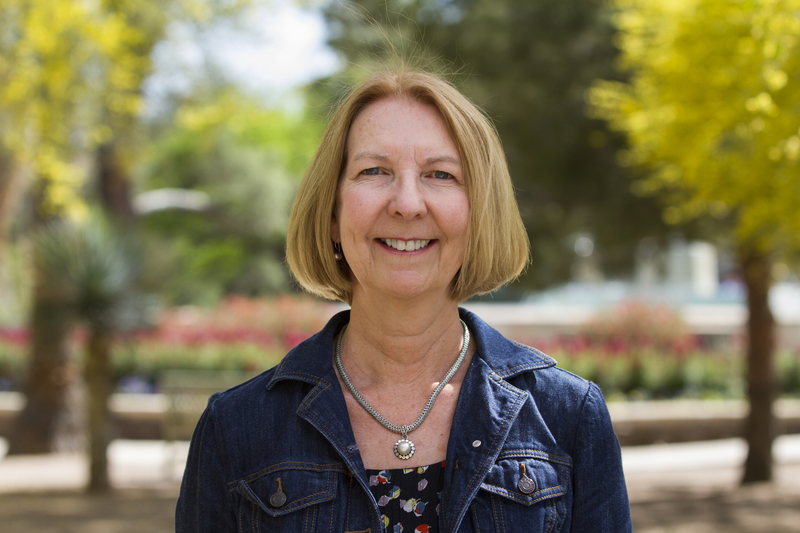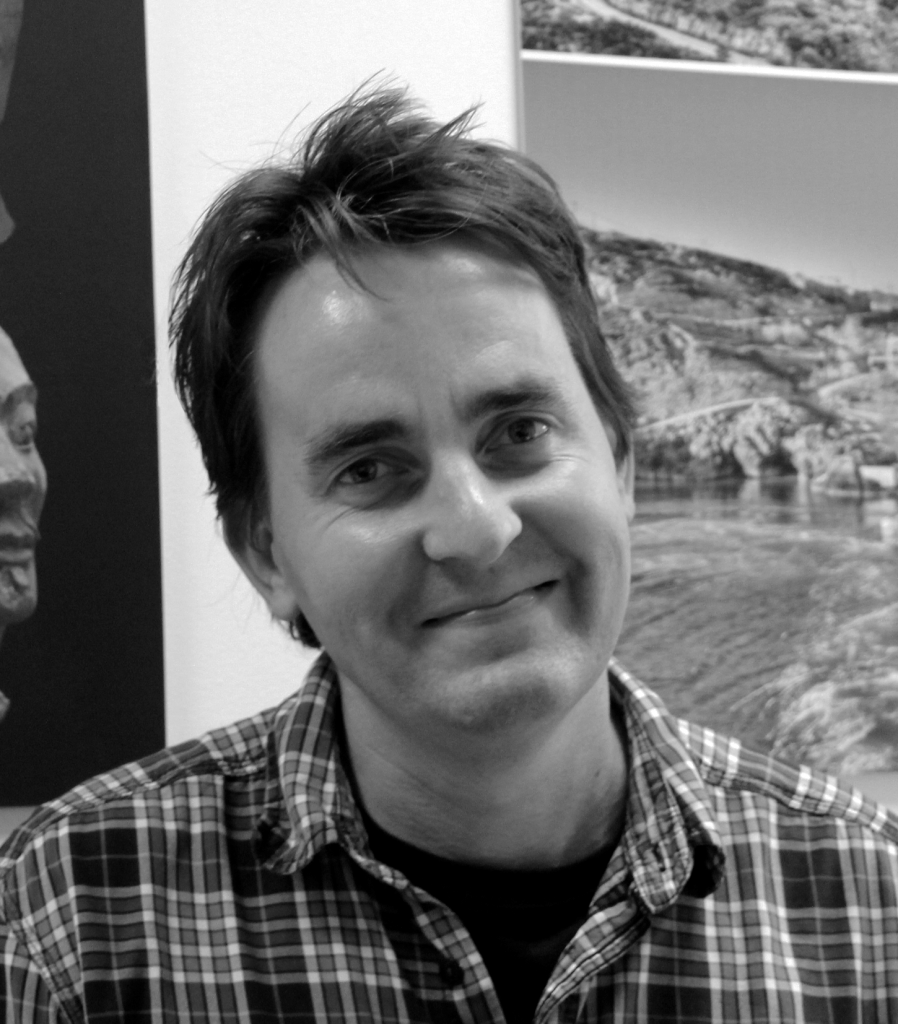Barbara J. Mills

Regents Professor School of Anthropology University of Arizona Tucson, AZ, USA
Title of presentation:
How Edges Become Centers: Social Network Perspectives on Regional Social Transformation
Abstract:
Regional analyses of archaeological settlement distributions have often relied on models such as World Systems Theory to characterize areas as centers vs. peripheries in which peripheries are seen as watered down versions of core areas. This flawed model still permeates archaeology but new empirical and experimental research using network analyses provide a way to revisit the role of ‘edge regions’ in the dynamic unfolding of regional settlement interaction and social change. Empirical examples from large-scale datasets from the North American Southwest illustrate the important roles of migration, social diversity, cooperation, and innovation in the transformation of social networks during the Chaco and post-Chacoan periods (AD 850-1450). These results are situated within new experimental approaches on social networks showing that social changes are more effectively carried out by individuals on the peripheries of networks who maintain wide, bridging ties. In other words, it isn’t how well-connected you are, but how you are connected. By combining empirical and experimental network analyses, we can situate our work within broader theories of social innovation and transformation.
Bio:
Barbara J. Mills (PhD, University of New Mexico) is a Regents Professor in the School of Anthropology, University of Arizona. She is an archaeological anthropologist whose research involves using material culture (especially pottery and architecture) to study migration, interaction, and social change at multiple scales from households to macro-regions. Her work employs a variety of approaches including pottery technology, social network analysis, and demography. While most of her research has been conducted in the North American Southwest, she also has archaeological experience in Guatemala, Turkey, and Kazakhstan. Following her work as director of the Silver Creek Archaeological Project in east-central Arizona, she began the collaborative Southwest Social Networks Project to synthesize data from across the region for social network and GIS analyses. Funded by the National Science Foundation, this project has now been incorporated into cyberSW, a cyberinfrastructure that makes the data from her and others’ projects available along with an analytical toolbox. Professor Mills is the recipient of the Society for American Archaeology (SAA) Award for Excellence in Archaeological Analysis – Ceramics (2015), a SAA Presidential Recognition Award (2017), the Patty Jo Watson Distinguished Lecturer for the Archaeology Division (AD) of the American Anthropological Association (AAA) (2011), and the Gordon Willey Prize (AD, AAA) for the best archaeology article in American Anthropologist (2006).She is the author or editor of 9 books and has published over 90 peer-reviewed articles and book chapters. She is the co-editor of The Oxford Handbook of Southwest Archaeology (2017) and the forthcoming Oxford Handbook of Archaeological Networks Research.
Andrew Bevan

Professor of Spatial and Comparative Archaeology Institute of Archaeology, UCL, UK
Title of presentation:
Computational and digital archaeology after more than five decades
Abstract:
Although study of the human past via computers and digital recording is a story many decades old, it is now commonplace for archaeologists to acknowledge that they work in an increasingly altered landscape. On the one hand, a deluge of newly digital evidence is available in archaeology, with further floods coming from collaborating subject areas. Such information can be both systematic and serendipitous, is increasingly remotely-sensed and/or spatial, and offers content that is often semantically-rich and/or progressively-licensed. On the other hand, digitised archaeological ‘data’ is still just one corner of a more enduring ternary relationship with archaeological theory and method — and so it is also worth highlighting ways in which computational and digital archaeologies have advanced the latter two domains as well. With regard to method, for example, recent years have seen fascinating dialectics of research scale and priority, from micro-sampling to data-mining, from digitally ‘thick’ to ‘thin’ description, from sensory experience to systemic patterning, from bulk to bijou prospection or from simple to complex simulation. This paper reflects on these diluvian landscapes and complementary priorities, with a view to the exhilarating current opportunities in our field.
Bio:
Andrew Bevan is Professor of Spatial and Comparative Archaeology at the UCL Institute of Archaeology, and has had close involvement for over 15 years with a UCL MSc programme that has focused on archaeological computing, digital methods and spatial analysis. His personal research interests cluster at the intersection of traditional subjects such as archaeology, history, geography and anthropology, while these interests have often been addressed via the flexibility and formality that computing affords. His article-length publications range widely across aspects of spatial and temporal analysis, landscape archaeology, material culture studies and social theory, including research projects located in north-west Europe, central America, eastern Asia and the Mediterranean. Most of his work so far has been collaborative, including past or present research projects devoted to characterising long-term change in Mediterranean population and land use, to understanding the imperial logistics responsible for the Chinese Terracotta Army, to crowdsourcing of archaeology and heritage data online, to modelling large-scale artefact distributions or to exploring the patterns of food production and storage. He is an advocate of open science approaches to data and methods.




